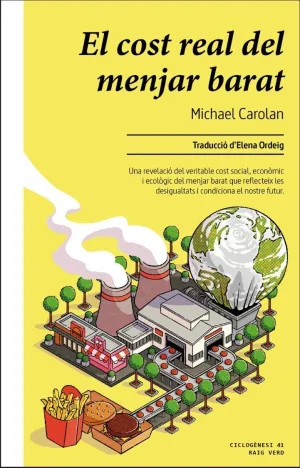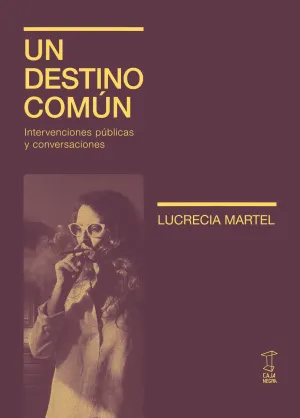ROBERT RAUSCHENBERG - COMBINES
RAUSCHENBERG, ROBERT

Robert Rauschenberg's "Combines" focuses on the Combines created roughly between 1954 and 1964, the most important decade in the artist's 50-year career. The most complete survey of these works ever mounted, the exhibition will feature close to eighty key works drawn from major collections. Poetic and lush, The Combines present layers of complex and sometimes conflicting information. This prescient approach has become increasingly relevant in the current age of cascading information, when even the most groundbreaking artists are referencing and sampling disparate elements to create new forms. The Combines suggest the fragility of definitions, the fluidity of materials, and the complexity of forms that is characteristic of Rauschenberg's works. The artist's handling of materials provides a precise physical evolutionary link between the painterliness of "Abstract Expressionism" and the iconographical, subject-driven qualities of early Pop Art. This publication constitutes the most complete survey of the combines ever presented, as well as the most rigorous analysis of their political, social, autobiographical, and aesthetic significance.
An introductory essay by exhibition curator, Paul Schimmel titled "Reading Rauschenberg" offers an iconographic analysis of the earlier Combines (1955 - 59) based on in-depth conversations with the artist. Thomas Crow's essay addresses the Combines as the major artistic statement of their time, the one body of art that could simultaneously hold its own with the leading art of older peers like de Kooning and prevail against the coming wave of pop painting centered on the reproductive image. Branden Joseph's text deals with some of the lesser known Combines and reconsiders their original critical reception through the contemporary critical filter of the simulacrum. Charles F. Stuckey traces the lineage of the Combines through early twentieth-century movements, including Surrealism and Dada. And Jean-Paul Ameline looks at the impact of the Combines on European art. The book will also feature an afterword by Pontus Hulten.






